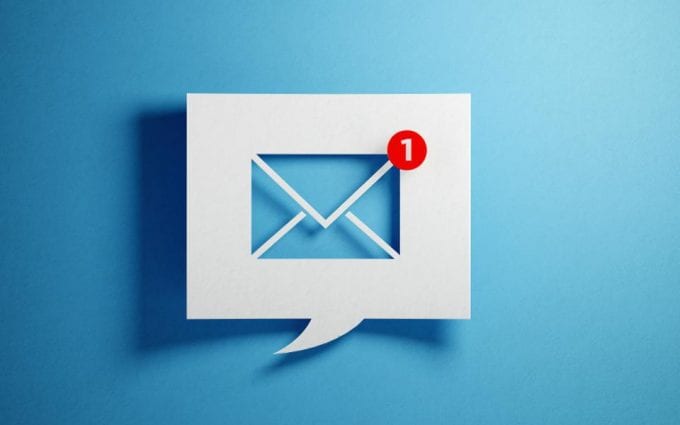As a business owner, one of the primary aspects you should focus on is your relationship with customers. Consumers are the ones who decide whether your enterprise succeeds or fails, so it’s prudent to listen to what they have to say.
Communication tools are a crucial component in your customer outreach efforts. You must invest your resources in providing seamless messaging and announcement lines to your target audience so that they can stay updated on relevant company news.
Here are some business communication tools that you should use for reaching your customers:
1.Toll-Free Number

A toll-free number can be dialed from landlines without any charge to the person making the call. It’s characterized by unique three-digit codes, such as 800, 866, 877, and 888, depending on your geographical location.
Companies like Kall8 provide the traditional toll-free service combined with online tools to make the process more manageable for business owners. The best thing about having a toll-free number is that customers can reach you conveniently without incurring any cost on their end.
With this, they can talk to you directly about their inquiries and complaints. Moreover, the platform allows you to alleviate their concerns first-hand while marketing your products and services to them subtly.
2. Email Communication System

Email continues to be an essential communication tool for businesses. Investing in a proper system enables you to send out personalized newsletters to customers. You can create campaigns that offer exclusive discounts and promos for birthday celebrants or those who are celebrating their membership anniversary with your company.
Your email communication system should have an automatic follow-up feature that you can configure to send a pre-created message that respectfully prompts the customer about the call-to-action you sent previously. There’s also a function that can help you determine whether the email has been delivered and read.
An advantage of email marketing is that it’s cost-effective. Even if you have to invest in additional tools and plugins, it still provides more return through the engagement that you get for your investment.
3. Help Desk Software

For most small businesses, customer inquiries are coursed through their shared email inbox. However, you should think about scalability and invest in help desk software to prepare your company for scaling.
This tool allows you to manage requests better. When a consumer calls or submits an inquiry, it’s assigned to your customer service representatives immediately so that you won’t have to worry about overlooking someone’s feedback or complaint. It offers transparency, so you can see who is the one in charge of a particular ticket and whether it has been resolved or not.
These are the key features that help desk software must provide:
- Centralized Location
The program must be able to contain all customer service-related information so that your employees won’t have to keep on opening different tools to find the right ticket or inquiry.
- Ticketing System
There should also be a first-in-first-out (FIFO) rule to keep things organized. Tagging the requests with tickets can also ensure that no inquiry is neglected.
- Data Analysis
Your help desk software must allow you to collect information automatically and filter them according to the reports you need to generate. For instance, help desk inquiries are valuable when creating or adding data to your Frequently Asked Questions (FAQ) page because it provides first-hand knowledge on what customers ask about your products, services, and company.
- Integration
It makes a lot of sense for your help desk software to have integration features so that it can work seamlessly with your other communication apps. The compatibility will make the process more straightforward and manageable for you and your team.
- Self-Service Portal
On the consumer’s end, they must be able to open and use your help desk platform conveniently. You can integrate it into your website for easier access. Typically, you can create simple forms that ask for their names, email addresses, and inquiries, which are, then, automatically tagged with a ticket number for future reference.
4. Chatbots

Chatbots have also risen to popularity recently. This tool allows you to communicate with consumers and improve customer retention by using artificial intelligence (AI) to interact with potential buyers.
Chatbots simulate conversations by analyzing the logical sequence of conversations. One of the common ways that these are used by businesses is through messaging apps on their websites.
Once a customer visits your site, you can have a chatbot start a conversation with the web visitor. Then, to have the potential client engage the bot in the discourse, the program can have them choose among different options on what they’re looking for on your website. Of course, for complex problems, the inquiry will be directed to a human representative for better handling.
Aside from customer service, chatbots can also help you streamline your online purchasing and payment processes. They can serve as smart assistants to the customer throughout the purchasing journey.
5. Messaging System

Text messaging is, still, a valuable tool for your business. Similar to email, it might seem obsolete, but it’s useful for personalizing your campaigns. The process has also evolved from short message service (SMS) to online communication platforms, like WhatsApp, WeChat, and Viber.
You can take advantage of these digital channels to reach your target demographic as these align well with the modern buyer’s always-in-contact lifestyle. Since consumers are frequently opening these apps for personal and work communication, you can increase your visibility to potential customers by boosting your messaging campaigns and keeping them abreast of your latest products, services, and promos.
Conclusion
Communication is a crucial component of the business. You should invest in the proper tools to reach your target audience and retain your loyal customers. A toll-free number is useful since it makes it easy for consumers to contact you for their inquiries or complaints.
An email system is another useful tool for blasting newsletters and personalized promos. It would be best to invest in help desk software to keep your tickets organized. Chatbots and messaging systems can provide communication benefits to your business as well.









